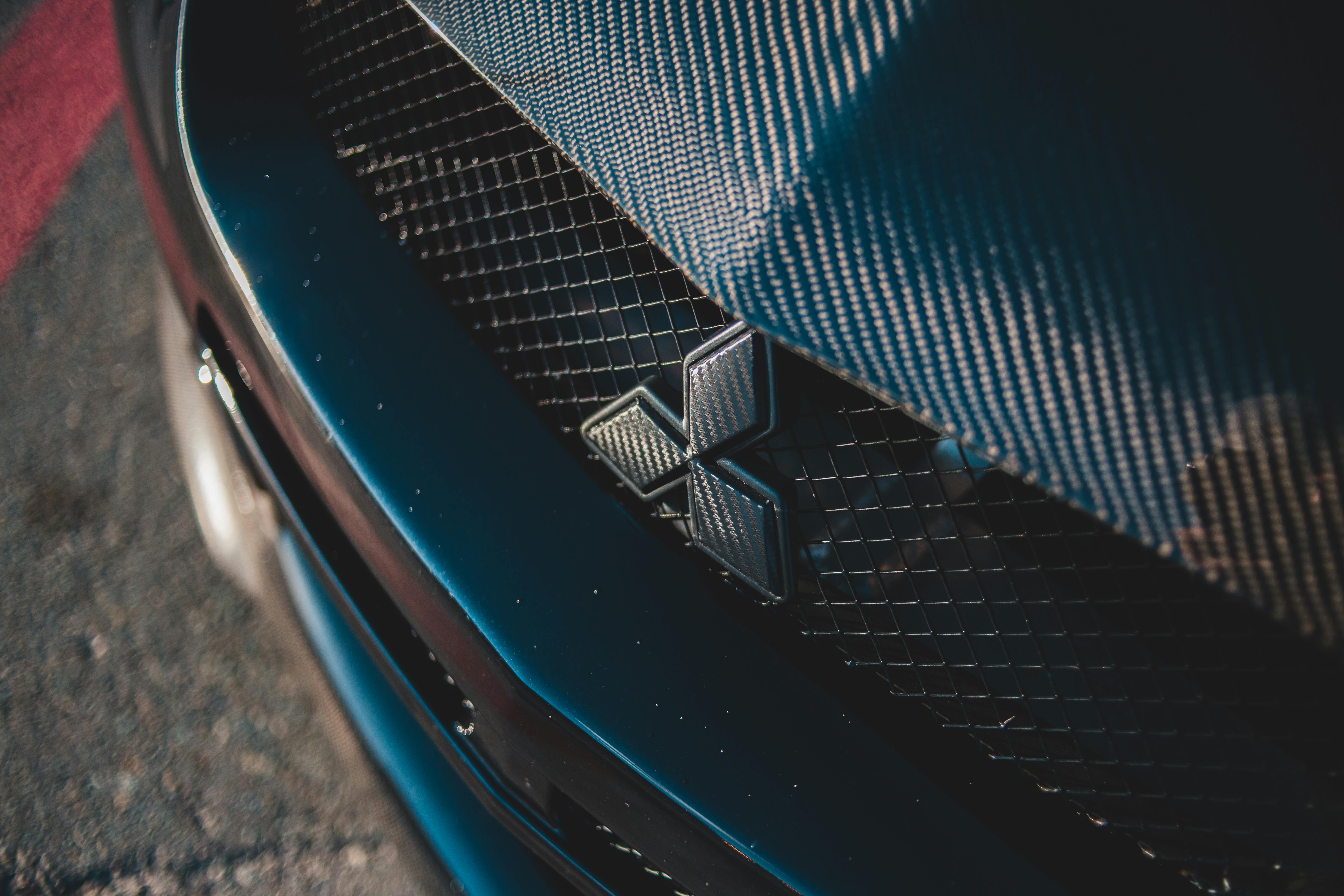In 1967 the first big-block Mustang was introduced, the code S 390 which had an output of 320 hp. This Mustang couldn’t compete with the new Camaro SS 396, so the 428 Cobra Jet engine was introduced in 1968, giving the Mustang true muscle car status, but then why stop there? In February 1968, when Bunkie Knudsen arrived in Dearborn, he brought with him some solid ideas about the Mustang. He believed that the popular pony car was an attractive car, but there were a lot of people who wanted an attractive car that could work. He also knew that the Camaro Z / 28, built with SCCA Trans-Am road racing in mind, could handle and stop as well as accelerate. The big-block pony cars were faster, but left something to be desired going through the curves with all that weight in front.
Bunkie was able to attract a number of GM design engineers to Ford in 1968. One of them was designer Larry Shinoda, the man who had crafted the sporty look of the Z / 28 in 1967. Shinoda was tasked with outdoing a performance legend the one he had helped. to create. Shinoda contributed the stripes, spoilers, and window slats for the new cars, as well as his name. Two Boss Mustangs were born in 1969, both originally developed competitively by Ford’s performance contractor, Kar Kraft Engineering, in Brighton, Michigan.
The Boss 429 was also built in response to Chrysler’s 426 Hemi and its success at Nascar. Ford built a 427 Hemi overhead camshaft engine first, but it was not considered sufficient for the series, so the 429 “semi-Hemi” overhead appeared. Kar Kraft was tasked with fitting a 429 into the Mustang. Quarter mile times were reported to be in the lowest 14 seconds. Although another one of the hot rod magazines, Car Craft, slightly modified the stock 429 and got a 1/4 mile in the mid-12s. The trams came from the factory with a conservative cam and a somewhat small carburetor.
Beginning in model year 1969, Ford incorporated the Mustang road racing program by creating the Boss 302 in the style of Larry Shinoda, the suspension was designed by Kar Kraft. Engineer Matt Donner was responsible for the excellent Boss 302 chassis, which quickly impressed critics with the way it hugged the road. The engine was a 5.0L Ford block with the new 351 Cleveland headers. The car would originally be called the Trans Am, until Ford discovered that GM had already licensed the name from the SCCA.
The Boss 302 was rated at 290 HP because insurance companies were beginning to penalize muscle cars by applying higher charges to any car with more than 300 HP. Actual horsepower was closer to 350. (These are gross HP figures, not net, as used today). The racing versions produced 450 HP at over 8,000 RPM.
The Boss 302s were also featured on Nascar’s Grand American (GA) series. The car came with either a wide or narrow ratio 4-speed top loader. A 3.50: 1 rear gear was standard with 3.91 and 4.30 optional. The front discs are rear drum brakes and the 15-inch wheels were standard. Road tests at that time put the 1/4 mile performance in the upper 14-second range. However, Super Stock magazine modified a Boss 302 ’70 and put on slicks to get a mid-13 time.
How does the Boss 302 compare to the Chevy Z28? Well, it seems that it was very close indeed. Chevrolet’s Trans-Am Camaro took home the SCCA racing championship in 1969, while the Ford Boss 302 put the Mustang back on top in 1970. In terms of street performance, both machines were engine-based. Specially built 290 horsepower 302 cubic inch small-block V8. The performance was so close that it was a pitch in most matches on the street or track.
In the late 1970s, Ford stopped all factory-sponsored racing. So sadly, the fun had to end … for now.
